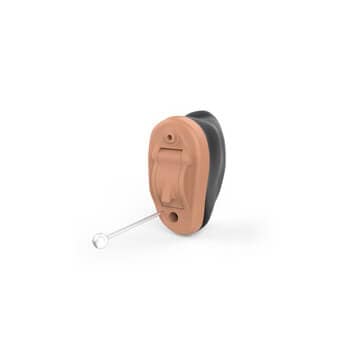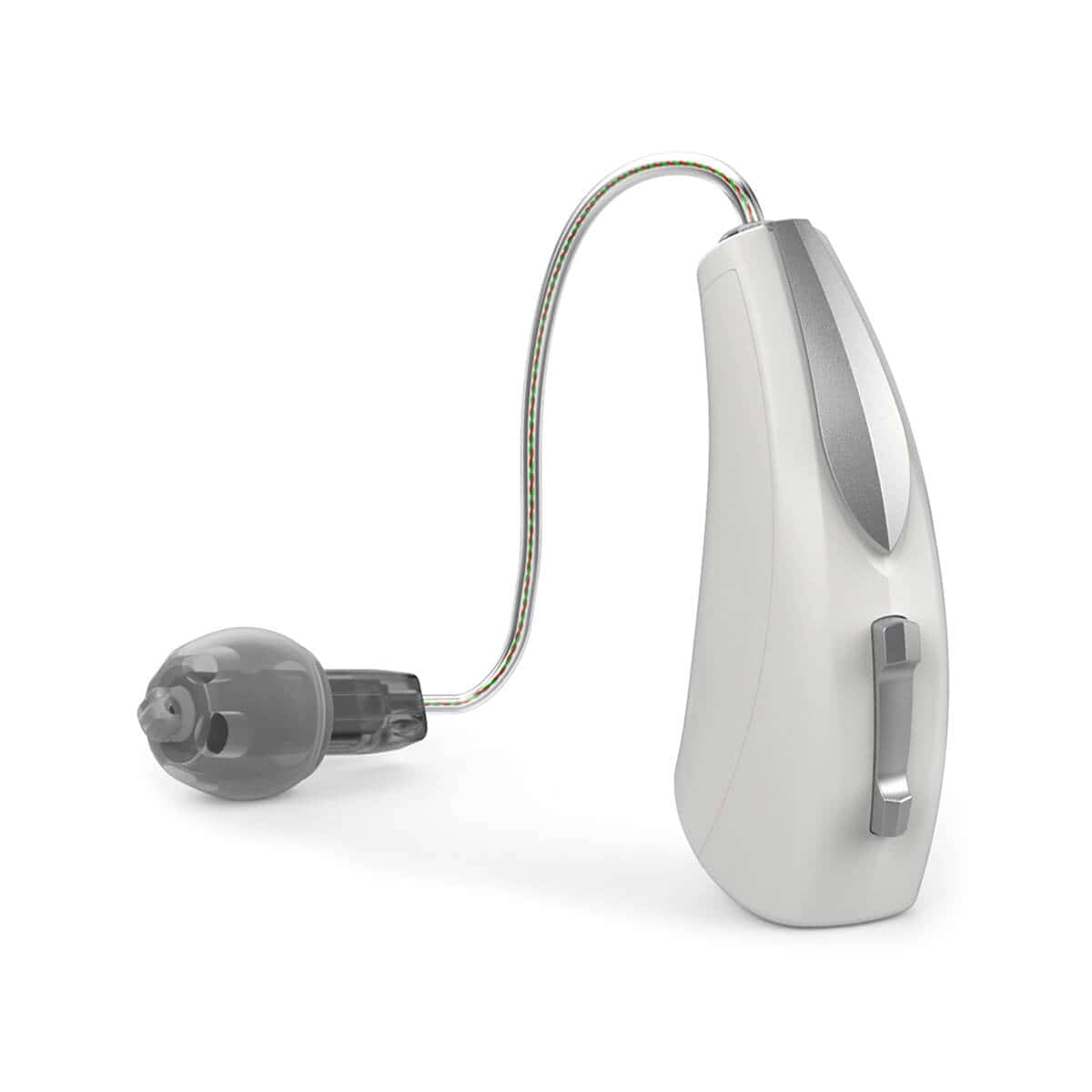Hearing Aid Technology
Hearing aids have advanced dramatically in recent years and have continually been reimagined to fit more seamlessly into our daily lives. They have become more discreet, but they do have features that go far beyond, allowing us to hear better. Here are some of the most innovative solutions available to you when it comes to hearing aids.
Direct Bluetooth Connectivity
Bluetooth has been a part of the world of hearing aids for some time, but it was only possible with the use of a streamer beforehand. This device was used as a middleman between the Bluetooth device and your hearing aids.
In the last few years, hearing aids featuring direct Bluetooth connectivity have revolutionized the industry. These 'Made for iPhone' and Android-compatible hearing aids allow you to directly attach your smartphones to your hearing aids through Bluetooth, thereby freeing you from carrying a separate device around.
You can connect your phone to your hearing aids through Bluetooth (regardless of the model) and call friends and stream your favorite shows without removing your hearing aids.

Directional Microphones

For people with hearing loss, one of the biggest hurdles is background noise. It drowns out the sounds that you want to hear, like the person sitting in a restaurant across from you. Directional microphones capture sound from one direction, helping your filter out everything else.
These microphones can also switch to a different mode to pick up sound all around you. And you don't even have to worry about changing it - most devices will identify the environment you are in and automatically make the switch.
Advanced Sound Processing
Hearing aids are typically worn in both ears, which means both hearing aids capture and process sound. Advanced sound processing ensures that these sounds are separated into frequency bands (sometimes referred to as "channels") and digitized before they are amplified. The more premium the hearing aid, the more granularity it has when dividing sound into bands, which results in a more nuanced sound processing.

Artificial Intelligence

Unlike the predictive-only approach to signal processing that we see in most hearing aids, Artificial Intelligence technology goes one step and asks whether the current settings are effective in helping the consumer hear better.
Although the use of AI in hearing aids is in its infancy, models that leverage this cutting edge technology have already been released. Some models use machine learning to adapt accordingly to the wearer's preferences over time. Once you've 'educated' your hearing aids, they switch settings automatically to those that work for you.
User feedback and machine learning also help hearing aids evolve and become a lot smarter over time. The data that you send to the hearing aid is paired with other data from other consumers worldwide, eventually helping to enhance the hearing experience for all wearers.
Health Tracking
Health tracking features once considered science fiction is now a reality with wearable devices, and these features are also beginning to be used by hearing aids. Some advanced hearing aids offer user activity monitoring in hearing aids. It uses sensors and artificial intelligence to track aspects of a wearer 's health.
These hearing aids measure the number of steps taken, the overall movement of the wearer, the amount of time they have been engaging in conversation, and the length of time they have worn their hearing aids. The goal is to encourage people to stay physically as well as socially active.
Additionally, these remarkable hearing aids have the ability to sense when the user has fallen. If this does happen, a text message will be sent to their emergency contacts. Future capabilities are in the works, including a heart monitoring feature.
Rechargeable Lithium-Ion Batteries

Rechargeable hearing aid technology has been on the hearing aid market for a while. In recent years the real game-changer has been the advent of lithium-ion rechargeable batteries, the same type used in modern smartphones.
Manufacturers can now use this technology to create rechargeable hearing aid batteries, which can last for an entire day on just one charge.
Many people find it a hassle to change batteries on a hearing aid. Many older people struggle with manual dexterity, but now you can buy rechargeable hearing aids and charge them the same way you would charge a phone, and the next day, you get a full day's power. This removes the need to open a battery case and replace small discs, making powering your hearing aid a much more seamless process.

